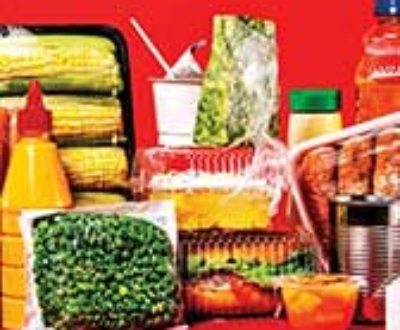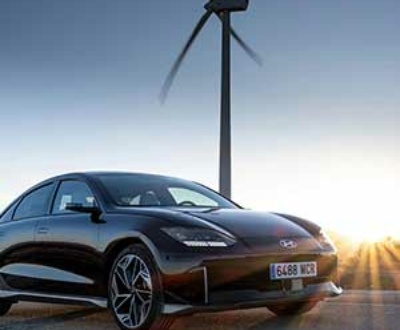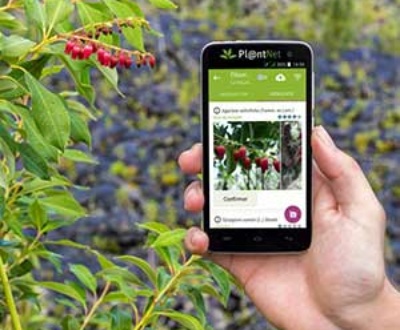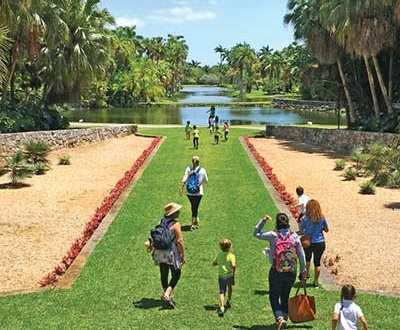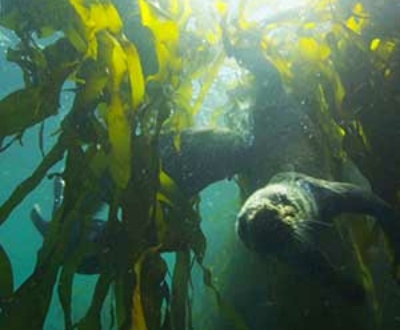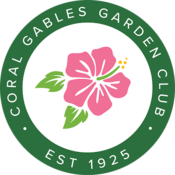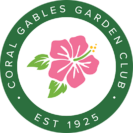We’ve been working our way through the University of Florida’s nine principles for creating a “Florida Friendly Yard” and have discussed so far: right plant, right place; efficient watering; fertilizing appropriately, mulch, and controlling pests. Next I want to discuss one of my favorites — Attracting Wildlife.
Animals have trouble living in today’s heavily urbanized landscape. By providing food, water and shelter for birds, butterflies, bats and others you can help these displaced Floridians.
A Little More on Fertilizer
But first I want to double back a minute on fertilizing appropriately for what you need to do in your yard. A) look for fertilizers with slow release nitrogen and little or no phosphorous. B) Never fertilize within 10 feet of any water body or before a heavy rain. C) for a quick summer green-up use iron supplements not nitrogen fertilizer. D) Avoid weed and feed products that contain both fertilizers and pesticides.
You Might as Well Have Astroturf
The other thing we should talk about here before going on is lawns. They are one of the most costly items within your landscape both in installation and maintenance. Americans have planted enough grass to cover the state of Florida. Many use chemicals and pesticides to keep it looking good, which leach into the water table and are no good for you, your pets or your children. The other thing is that turf grass has ZERO benefits for birds and wildlife. ‘You might as well have Astro-Turf when it comes to the value of lawns to birds and butterflies,’ said David Mizejewski, a naturalist at the National Wildlife Federation.” (I’m Done Mowing my Lawn, NYTimes 4/26/19)
Honestly, folks, as I mentioned, I’ve lived in my place for 26 years, so I’ve experienced the lawn thing. It’s a heavily shaded lot so periodically I replaced the sod. It’s expensive! After 2-3 times I just quit and left the side yard with the most shade with just as much mulch that I replenish when my trees are trimmed. I let the front and back become a mix of grass and other green stuff that grows naturally. It looks fine.
Now The Fun Stuff — Attracting Wildlife
Animals have trouble living in today’s heavily urbanized landscape. By providing food, water and shelter for birds, butterflies, bats and others you can help these displaced Floridians. Select plants with seeds, fruit, foliage, flowers or berries that animals can eat. Supply water, a bird bath maybe. Leave dead trees (dead branches—if they don’t create a hazard, for birds to perch and nest in. Increase vertical layering. This means having plants at different levels—ground cover, bushes, trees, hedges, maybe climbing vines to provide more cover and feeding. Plant host and nectar plants for butterflies. Avoid pesticides and insecticides.
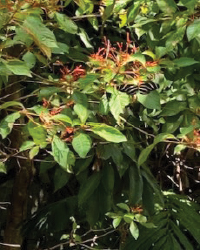 The picture this month (at right) is of one of a fire bush plant (hamelia patens) with a zebra butterfly feeding on its flowers. This is one of my favorite plants, no care at all, grows big and bushy so it’s excellent screening and its red tubular flowers feed hummingbirds, butterflies; migrating warblers find lots of insects to eat. Mockingbirds will eat the fruit all year long. Spotted-breasted orioles, only seen in South Florida, feed on its nectar, too. Really, it’s one-stop shopping for birds and butterflies. If you only have room for one plant, this is it! Have a chair handy close-by so you can watch the butterfly ballet.
The picture this month (at right) is of one of a fire bush plant (hamelia patens) with a zebra butterfly feeding on its flowers. This is one of my favorite plants, no care at all, grows big and bushy so it’s excellent screening and its red tubular flowers feed hummingbirds, butterflies; migrating warblers find lots of insects to eat. Mockingbirds will eat the fruit all year long. Spotted-breasted orioles, only seen in South Florida, feed on its nectar, too. Really, it’s one-stop shopping for birds and butterflies. If you only have room for one plant, this is it! Have a chair handy close-by so you can watch the butterfly ballet.
You don’t need a lot of space with as few as nine plants and an hour or so of spadework you can grow a Monarch butterfly sanctuary with a plot of milkweeds. It’s the host plant for the Monarch butterfly larva which feed on the milkweed and turn into caterpillars. Milkweeds produce a toxic sap and the caterpillars and adults absorb these toxins which protects them from being eaten by predators.
Another great plant is our Native Oak, (Quercus Verginiana), if you have room. It’s full lots of insects to feed our birds. Other goodies are: A) American Beautyberry, a native, (Callicarpa Americana). This plant needs room, it’s a big bush and boy, do fruit eating birds love the round bright purple fruits clustered around the stems lasting until late winter. Mockingbirds will set up a territory around a good plant. B) Tropical Sage, another native (Salvia coccinea), for hummingbirds, butterflies, painted buntings. It comes in red and pink. And C) Porterweed, (stachytarpheta and S. frantzii), which is a favorite of hummingbirds, cardinals, orioles and butterflies. More next time — ENJOY!
About the Author
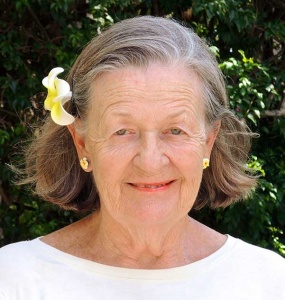
Linda Lawrence Waldron currently writes the Green Gables column in Gables Living Magazine. Linda was Chairman of the Garden Club's Coral Gables Library Butterfly Garden Committee.
Sign up here for email notifications about new Green Gables articles!
More from our blogs
See all postsRecent Posts
- April 2023 April 1, 2024
- Good News on Environmental Plastics February 1, 2024
- Material World / Plant World January 1, 2024
Leave a Comment cancel
This site uses Akismet to reduce spam. Learn how your comment data is processed.



